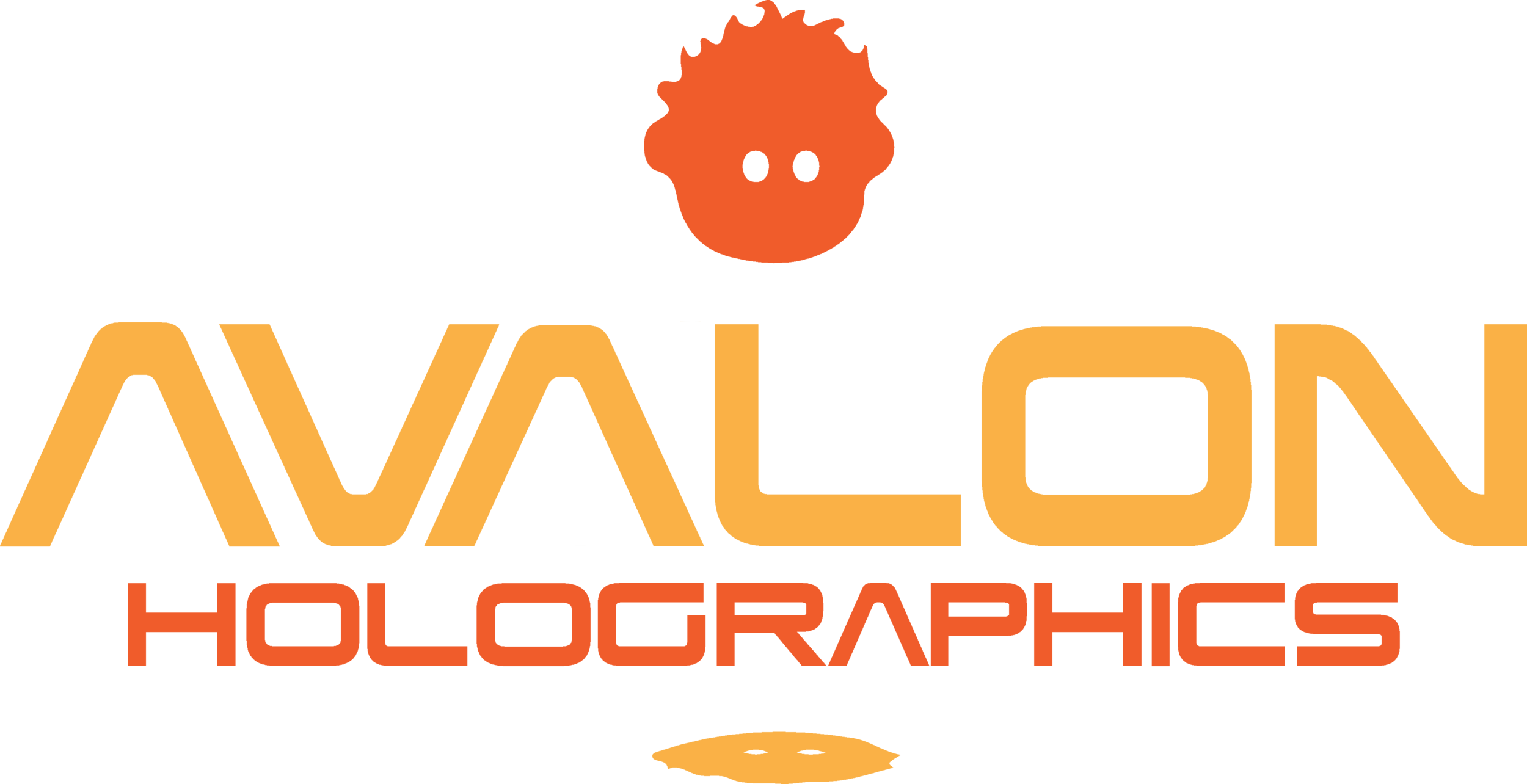HOLOGRAPHICS FOR ADVANCED MEDICAL IMAGING
From the discovery of X-rays to the adoption of robot-assisted surgeries - technology has played a pivotal role in shaping the healthcare industry to improve patient care and recovery.
One field of study that has benefited greatly from technological advancement is Medical Imaging, which encompasses many processes that capture internal images of the body. The field includes radiologists, radiographers, sonographers, medical physicists, nurses, biomedical engineers, and other support staff working together to optimize patient treatment with the use of high tech visualization tools.
Currently, medical professionals employ many technologies to analyze and interpret images, including augmented and virtual reality devices and 3D printing. While these technologies offer benefits to medical teams, there are challenges and limitations to their effectiveness, including limited collaboration, production costs and lead times, and cognitive fatigue.
Light Field Displays (LFDs) eliminate these barriers and facilitate collaboration by creating a shared 3D experience. This allows healthcare teams to view 3D models of X-rays, CT scans, MRIs, and other medical images together in real time without the use of accessories such as headsets or glasses. These 3D images enable natural stereoscopic and depth perception, showing multiple angles and perspectives without the lead time or material costs associated with 3D printing, and support improved surgical planning, surgery theater registration and tracking (without contamination challenges posed by AR/VR), remote surgery, and patient communication.
We are currently working with healthcare professionals and the world’s leading manufacturers to explore the use and adoption of our technology for advanced medical imaging.
“After seeing Avalon’s prototype, I was eager to share their vision with the radiology community. Beyond the ability to look “around” the complex anatomical models generated by GE Healthcare’s Advantage Workstation, there was enough space for several people to experience the 3D visualization simultaneously. The fact that their hardware and software work with standard geometry files allows the technology to easily pair with GE’s AW 3D Suite, promising ease of access to group holographic experiences as part of the existing medical imaging workflow.”

